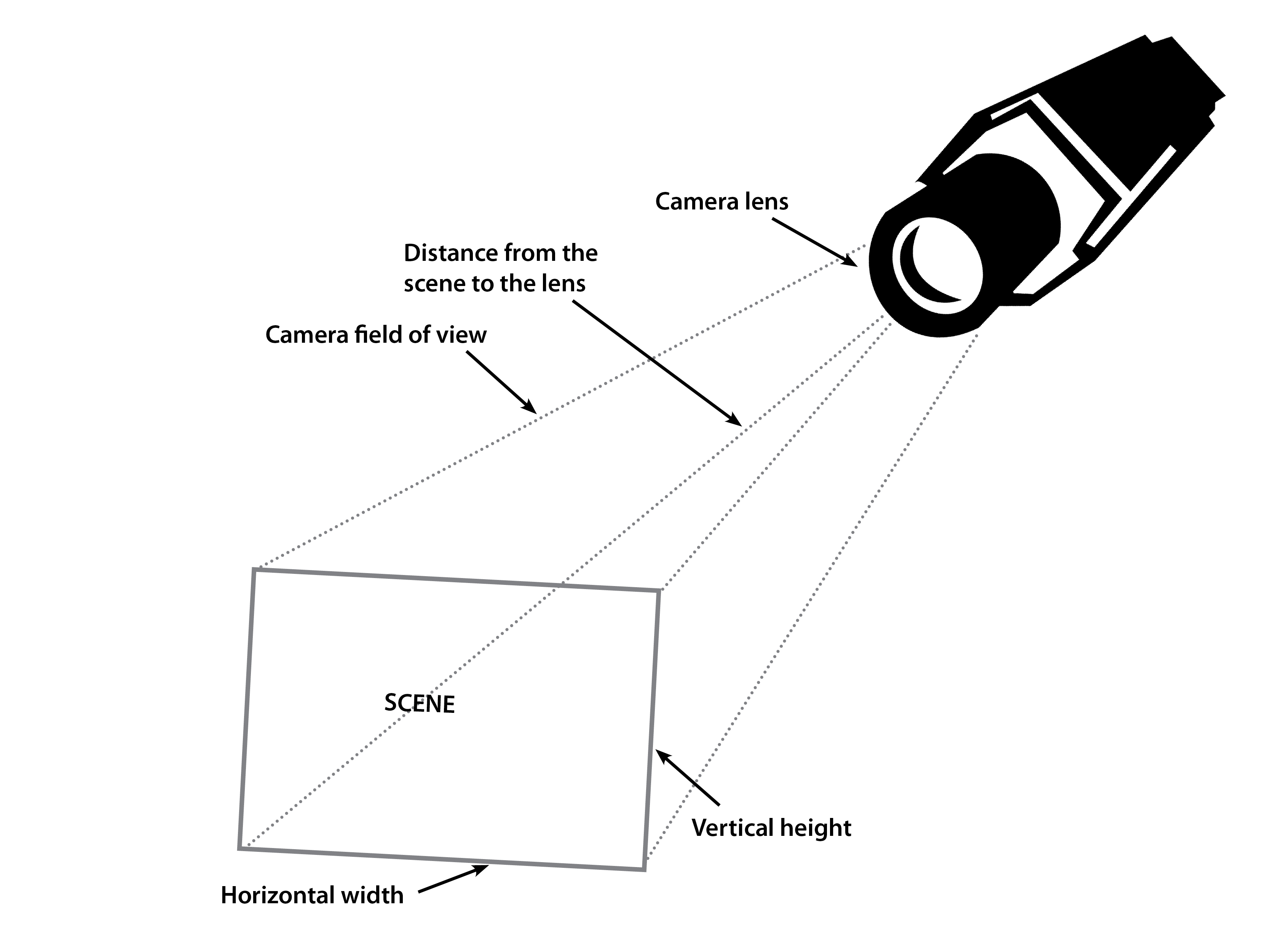The type and size of lens that your CCTV camera has plays a very important role in determining what image is captured by the camera. It is vital that you, or your CCTV advisor, choose the right lens for the job. This article outlines some of the basic differences between security camera lenses. It is relevant whatever type of CCTV technology you are looking at.
Fixed or vari-focal lens
The first point of difference between security cameras is whether the lens is fixed or vari-focal:
- A fixed or board CCTV camera lens has a set viewing angle. This means the camera lens cannot be zoomed in or adjusted in any way. Fixed lens cameras are generally less expensive so can be a good option if the layout of an area is not likely to change (such as a room in a house).
- A vari-focal or manual zoom CCTV camera lens can be adjusted by your CCTV technician so it focuses on exactly the area that you wish to record. This advantage also means that the viewing angle of the surveillance camera can be tweaked to capture the ideal image plus it has the flexibility to be adjusted at a later date if the area layout or your requirements change.
The effect of lens size and distance
The size of the CCTV camera lens will affect the viewing angle of what the camera sees. The distance the security camera is mounted from the object also affects what image is recorded.
Other terminology
Some of the other terminology you may read about which also helps to understand how different lenses work includes:
Field of view
The field of view is the amount of any given scene that can be captured by the CCTV camera. It is also described as the viewing angle. The field of view is affected by the lens size, the CCD chip size, and the distance the surveillance camera is from the scene. Generally a large field of view means the target object is relatively small compared with a camera with a small field of view.
CCD chip size
CCTV cameras come with a variety of different chip sizes such as 1/4″, 1/3″, 1/2″ and 2/3″. The different sizes also affect the viewing angle – the smaller the chip size the narrower the angle of view.
Focal length
Focal length is measured in millimetres (mm) and gives an indication of the angle of view. As you can see above a short focal length (such as 3.6mm) will give you a wide angle of view. A long focal length (such as 12mm) will give a narrower angle of view.
Depth of field
The depth of field is the distance within which objects in a picture are in focus. A large depth of field means almost all objects are in focus whereas a small depth of field means only a small part of the overall field of view is in focus.
If you have further questions or would like to know more about our free on-site survey and consultation in Auckland please call our friendly team on 0508 11 00 22 or email us.

